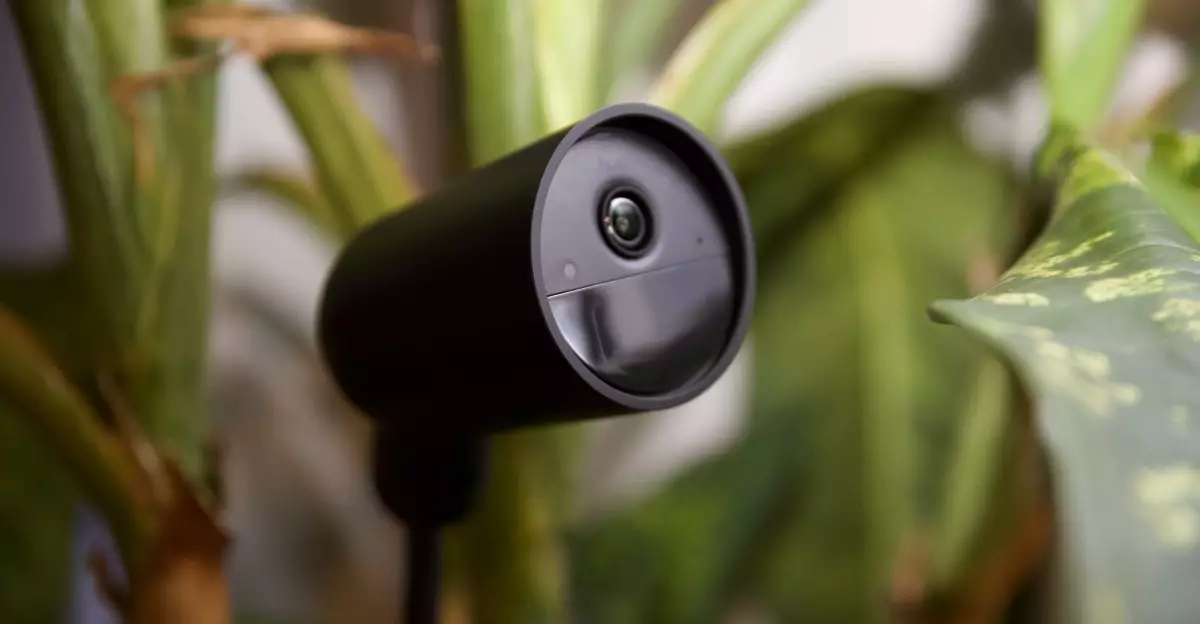In the fast-evolving landscape of smart home devices, the anticipation of new and innovative products can create ripples of excitement among tech enthusiasts. Recently, installation instructions buried within an update of the Philips Hue app revealed tantalizing glimpses of a new product, the Hue Secure Doorbell. Unlike many other tech announcements, this one emerged unexpectedly, with little official information available, sparking curiosity and speculation among consumers and industry experts alike.
Design and Features: A First Look
From initial reports and images emerging from the app, the Hue Secure Doorbell appears to hold true to conventional video doorbell aesthetics—a tall, rectangular shape paired with a sleek interface. It features a prominent button encircled by an LED halo, which hints at both aesthetic innovation and functional accessibility. This straightforward design suggests that Philips is likely prioritizing user experience, ensuring that ease of use is a hallmark of the device. In a world cluttered with smart home gadgets, a device that is both intuitive and attractive is sure to captivate buyers seeking streamlined solutions.
Understanding Installation Prerequisites
What intrigues many potential users are the hints regarding installation requirements that have surfaced alongside this announcement. Words like “wired” and “low-voltage errors” illuminate the technical aspects of setup, indicating that this doorbell may require careful installation, possibly appealing to those who appreciate a more robust, hardwired solution over simpler battery-operated variants. It’s a bold design choice, one that could set it apart from competitors who often prioritize convenience at the expense of functionality.
This device is also noted to utilize both Bluetooth for setup and Wi-Fi for regular operation, showcasing a hybrid approach that aligns well with the interconnected nature of smart home ecosystems today. In a market where seamless integration and reliable connectivity are paramount, the technical specifications hinted at thus far appear promising.
Expectations and Comparisons
As speculation grows regarding this product’s potential launch in the fall, comparisons to existing Hue Secure cameras have surfaced, notably emphasizing enhanced features like 1080p video resolution, two-way audio, and end-to-end encryption—a growing necessity in today’s landscape of digital security and privacy concerns. These elements not only reflect a commitment to quality but also meet the consumer’s desire for heightened security solutions within their homes.
However, it is essential to temper enthusiasm with a dose of realism. Previous devices from Hue have notably excluded support for HomeKit Secure Video, and it remains to be seen whether this doorbell will follow suit. Those well-versed in smart home ecosystems will be particularly interested to see if Philips can integrate into existing frameworks beyond their proprietary systems, as interoperability can often be a key selling point for smart devices.
Consumer Impact and the Future of Smart Security
The potential introduction of the Hue Secure Doorbell can be seen as a reflection of broader trends in smart home technology, where security devices are becoming indispensable in modern households. Consumers are increasingly seeking reliable systems that not only prevent intrusions but also provide a sense of comfort and control over their living spaces. With rising concerns about safety, intuitive devices like video doorbells will likely be a critical component of future smart home narratives.
Ultimately, as we await further details on pricing and specifications, the air is thick with anticipation. The Hue Secure Doorbell could very well redefine the standards for security and convenience in routers of home automation, encouraging a culture where home safety is both accessible and cutting-edge.


Leave a Reply